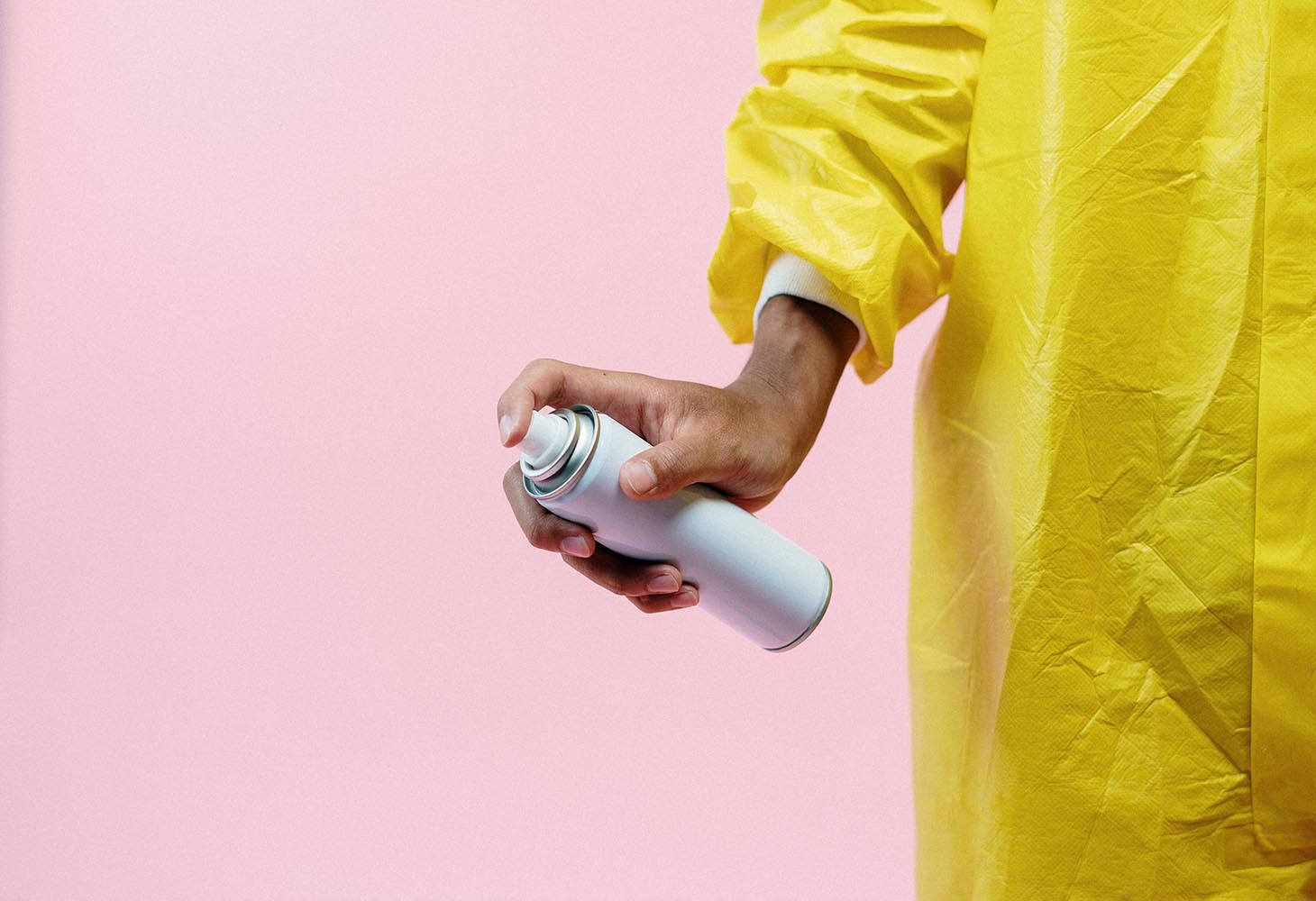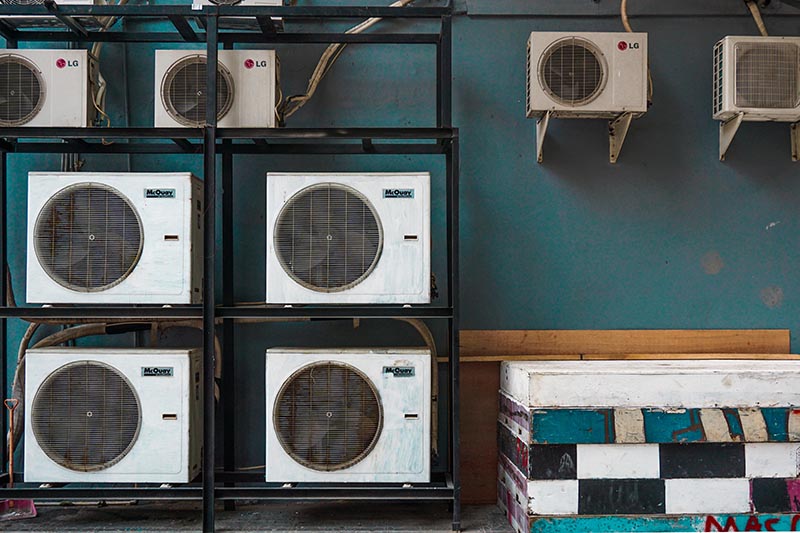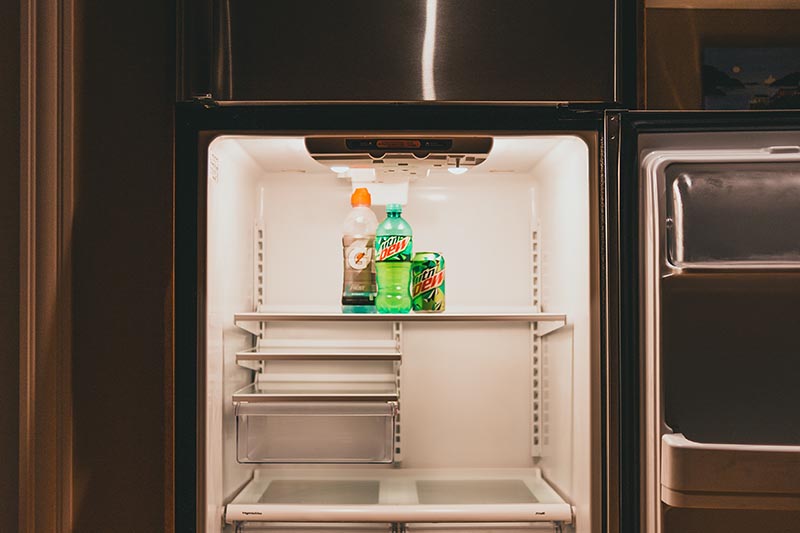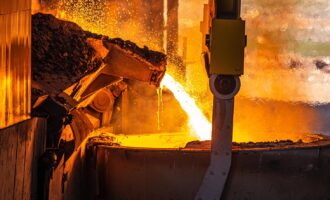
Hydrofluorocarbons: Are we repeating the same old mistakes?
In the 1980s, chlorofluorocarbons (CFCs) were commonly used in refrigeration, as propellants in aerosol applications, in foam packaging and similar applications. However, scientists soon discovered a major downside of this stable and seemingly useful compound. CFCs leaking into the atmosphere were contributing to the rapid depletion of our ozone layer.
Swift action was taken as almost 200 countries banded together to outlaw the destructive chemicals. The 1987 Montreal Protocol on Substances that Deplete the Ozone encouraged the phase-out of the manufacture of CFCs by January 1, 1996.
The hero of the hour was hydrofluorocarbons (HFCs). HFCs are made of carbon, fluorine and hydrogen and do not contain any ozone-damaging chlorine. Despite concerns raised at the time around the environmental impacts of HFCs by the U.S. Environmental Protection Agency (EPA), HFCs were deemed a lower overall ecological risk than CFCs and they enabled the rapid removal of CFCs. Nowadays, a large volume of refrigerators and air conditioners around the world contain HFCs.
However, HFCs have since lost their lustre. It has become evident that we simply replaced one environmental issue with another. The molecular structure of HFCs allows them to absorb significant thermal radiation, trapping thousands of times more heat in the atmosphere than the equivalent amount of carbon dioxide. A potent greenhouse gas (GHG), HFCs are a major contributor to short-term global warming. There is a cruel irony in the fact that the products we depend on to cool our homes are contributing to the overheating of the earth.

In October 2016, the Kigali Amendment required parties to the Montreal Protocol to gradually phase down HFC production and use. Initial reductions occurred in developed countries in 2019, with most developing companies following suit between 2024 and 2028. An 85% phasedown was agreed upon for developed countries by 2036 and developing countries by 2047.
The European Union (EU) has the world’s most ambitious policy on fluorinated gases (F-Gases) and ozone-depleting substances (ODS). On April 5, 2022, the EU released a new proposal to expedite the reduction of F-Gases and ODS. Key aspects of the proposal include a tightening of the quota system for HFCs—reducing the climate impact of new HFCs coming onto the EU market by 98% between 2015 and 2050, improved enforcement and more comprehensive monitoring.
New restrictions mean F-Gases are only permitted in equipment where there is no suitable alternative and there are prohibitions on the use of HFCs in certain equipment. If approved, the amended regulation would abolish existing exemptions on HFCs to fully align the EU with the Montreal Protocol.
Under the proposed changes, a maximum of 41,701,077 metric tonnes (MT) of carbon dioxide equivalent (CO2 e) can be placed on the EU market annually from 2024-2026. This compares to a baseline of 176,700,479 MT in 2015. From 2030-2032 the allowable limit falls to 9,132,097 MT. The F-Gas proposal will contribute to the goal of reducing emissions by at least 55% by 2030 and making Europe climate-neutral by 2050, according to the European Commission.
The proposed regulation is navigating the legislative process and is currently being negotiated by the European Parliament and Council. The process is expected to be completed in 2023.
Reducing HFCs plays an important role in achieving the goals of the Paris Agreement and, for the most part, stakeholders seem to be in support of the change. Sam Chen, technical application support manager, Asia, at Lubrizol, says it is a “positive move” as HFCs have a very high global warming potential (GWP) value.
Chen, who is based in Shanghai, China, says China has its own pathway to phase out HFCs. In 2024, China will freeze HFC quantities, and it will decrease HFC production to 90% of the baseline in 2029 and 20% in 2045. In Singapore, regulations to mitigate HFC emissions came into effect on October 1, 2022. Over the next two decades, the sovereign island country will reduce HFC consumption by 80%, in line with the obligations of the Kigali Amendment.
On December 9, 2022, the U.S. Environmental Protection Agency (EPA) also announced a proposed rule under the American Innovation and Manufacturing (AIM) Act to accelerate the transition away from HFC use in certain foams, aerosol products, air conditioning, refrigeration and heat pump equipment beginning in 2025. The phasedown will achieve an 85% reduction in HFCs by 2036. Comments on the proposal will be accepted for 45 days after a public hearing and publication of the proposal in the Federal Register.
Concerns have been raised by industry stakeholders around outright bans on certain technology, in particular, heat pumps—a critical input to decarbonise buildings over the coming years. The EU regulation proposes a ban on split system AC and heat pumps under 12 kilowatts (kW) containing GWP over 150, from January 1, 2027. Some experts claim that this will require a complete redesign of systems by manufacturers and that installers would need to be trained in handling flammables.
Lubrizol produces refrigeration oil and works closely with OEMs and refrigerant suppliers on new solutions for low GWP applications. New refrigerants provide an opportunity for lubricant formulators who are strong in technical and product development, says Feyman Chen, formulator and project lead at Lubrizol. Lubrizol already has many projects underway involving low GWP refrigerants and adjusts formulations according to new refrigerant requirements and working conditions, he says.

While the elimination of HFCs is undeniably a win for the environment, the big question is—what are we replacing them with? There is not a single path for the replacement of HFCs with low GWP refrigerants. A multi-pronged approach will enable the industry to achieve the proposed targets, says Feyman Chen. The Lubrizol representative highlighted a probable increase in technology and the wider use of natural refrigerants.
Popular natural gas options include propane, butane, ammonia and, perhaps surprisingly, carbon dioxide. Carbon dioxide is a weaker GHG than the HFCs it would replace, although there are technical challenges with using it as a refrigerant. Ammonia and hydrocarbons—like butane—evaporate at room temperature and have been used as refrigerants since the early 20th century.
Hydrofluoro-olefins (HFOs) are being touted by some as a likely replacement for HFCs. These fluorine-containing compounds have a short lifetime in the atmosphere and, in theory, a lower climate risk. The future direction for HFC replacements appears to be natural gas with an HFO blend, says Feyman Chen.
Some environmental groups have expressed concern that natural degradation processes cannot compensate for the likely increase in trifluoroacetic acid (TFA) caused by HFO emissions. A recent report, The rising threat of HFOs and TFA to Health and the Environment, by ATMOsphere, shines a light on the rapid increase in HFO use in refrigerants and the atmospheric and degradation product TFA. ATMOsphere, formerly known as shecco, is a global, independent market accelerator with a mission to clean up cooling, with headquarters in Brussels, Belgium.
TFA is found in the environment naturally in low concentrations without any toxic impacts. However, when TFA descends to earth as rainfall there is potential for it to accumulate in waterways and drinking water. Marc Chasserot, founder of ATMOsphere, believes that current research “strongly points to the steady development of a new environmental and health problem stemming from the use of a fluorinated refrigerant, this time an HFO.” The ATMOsphere report claims there is no need to use an HFO blend with the widespread availability of natural refrigerants.
There are unanswered questions in the industry around HFOs, says Sam Chen. While there are papers published on HFOs, the industry is yet to reach a consensus on the product’s impact and there is a need for further research in this area, he says. Nevertheless, HFOs are one of the current solutions within the industry, which dictates the lubricant solutions required from lubricant companies.
It feels like we keep treading on the same rake in our effort to clean up the environment. At the very least, there is a sense of déjà vu with the latest fluorine-containing compounds that are satisfying some of our refrigerant requirements. Whether or not these feelings are justified… we may just have to wait and see.








